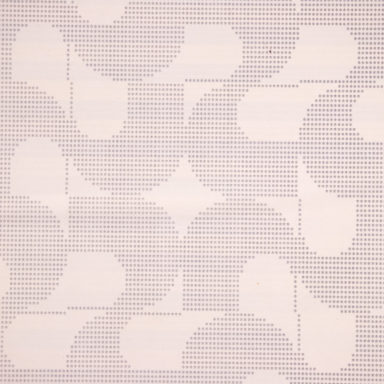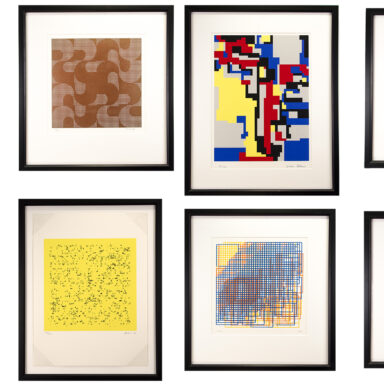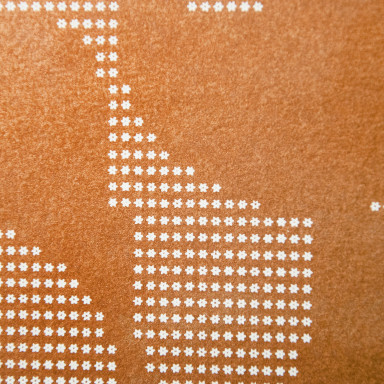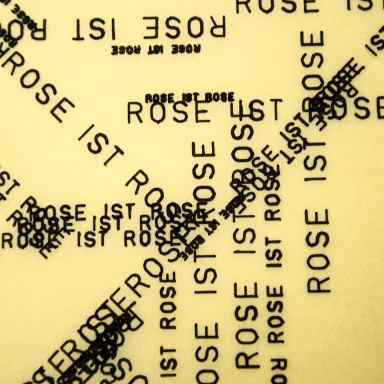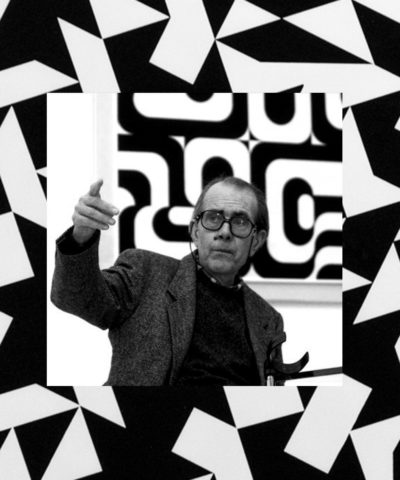
Basic Info
Name: Manuel Barbadillo
Country of Origin: ES
Description
Manuel Barbadillo was a painter and one of the early proponents of computer art in Spain. Born in Seville in 1929, he enrolled in art school in the early 1950s before military service took him to Morocco by 1955, where he stayed through 1959. He then moved to New York for a few years before returning to Spain, where his artistic practice continued to evolve.
His early work, in Morocco and New York, was dominated by colorful abstract paintings which gradually transitioned into black and white compositions. As he continued to work, he sought out a more rational and balanced artistic language, using extensive schematization, symmetry, and the destruction or transformation of repetitive geometric forms to create his compositions. In the 1960s, Barbadillo read “Cybernetics and Society” by Norbert Wiener, which had a great impact on him. From this time forward, he described his artistic practice as a “cybernetic vision of the world”.
In 1968, he began to complete computer research on his own painting, collaborating with the University of Madrid’s Centro de Cálculo. He based his work on a library of elementary shapes or modules, positive (black on white) and negative (white on black), from which he built his paintings into rhythmic patterns. As he stated in 1975, “Basically, my painting is a research on the problem of space, which in my work is an element hierarchically equal to form, like a complementary form or antiform, in the same way that silence—pauses—in music, is a modulating element as important as sound, with ‘form’ being neither one or the other but the result of combinations between both of them” (My Way to Cybernetics). Barbadillo’s compositions play with opposition and complementary poles, and the computer was an essential tool for him in this investigation. He viewed his work as a statement on the bipolarity of nature and the duality present in all things, using a line printer to reveal compositional rules that he had been using in his paintings and to assist him in systematizing his work; however, he mostly produced the final versions of his works by hand.
Barbadillo was active in computer art circles and exhibited widely internationally before his death in 2003.

